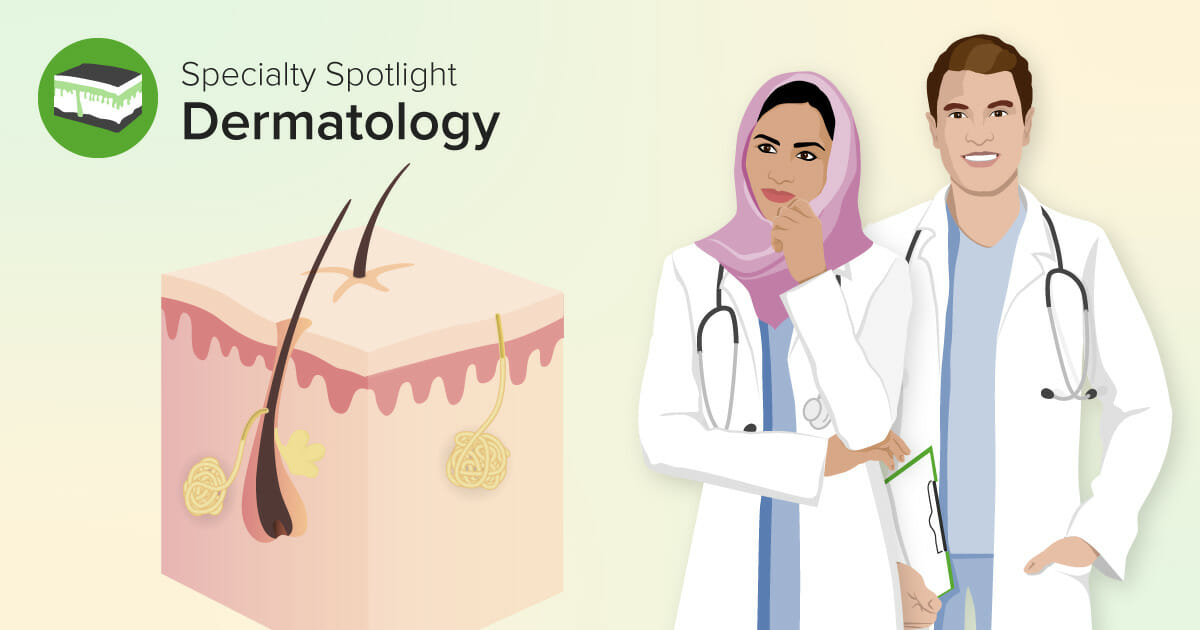Browsing Skin Cancer Cells Therapy: The Vital Duty of Mohs in Modern Dermatology Practices
Skin cancer cells, a complicated medical diagnosis, commonly leaves patients grappling with numerous treatment choices. Amongst these, Mohs surgical procedure stands as a sign in modern-day dermatology, renowned for its precise technique to cancer elimination and preservation of surrounding healthy tissue. This ingenious technique assures not just premium cosmetic results however additionally uses instant results, reducing person stress and anxiety. As we check out the details of this procedure, one will certainly appreciate its pivotal duty in skin cancer therapy.
Understanding Skin Cancer: Types and Threats
There are three primary types of skin cancer: Basic cell cancer, Squamous cell carcinoma, and Melanoma. It accounts for only about 1% of skin cancer instances yet triggers the substantial bulk of skin cancer fatalities. Risk aspects include reasonable skin, history of sunburn, extreme sun exposure, living at high elevations or close to the equator, having many moles, a household history of skin cancer cells, and weakened immune system.
What Is Mohs Surgical procedure and Exactly How It's Transforming Skin Cancer Cells Therapy
In spite of the many therapies currently offered for skin cancer, Mohs surgical procedure stands apart as a groundbreaking and highly reliable remedy. Named after Frederic E. Mohs, the physician that developed the treatment, Mohs surgical treatment is a precise medical technique made use of to deal with skin cancer cells. During the treatment, slim layers of cancer-containing skin are progressively removed and taken a look at until only cancer-free tissue continues to be. This method enables the doctor to confirm that all cancer cells have actually been eliminated at the time of surgical procedure. This level of precision, combined with the ability to save as much healthy and balanced tissue as feasible, is revolutionizing skin cancer cells therapy. Consequently, Mohs surgical treatment has actually become a cornerstone of modern-day dermatology practices.
The Advantages of Mohs Surgery Over Traditional Skin Cancer Treatments
Building on the ingenious nature of Mohs surgical procedure, it's imperative to consider its countless benefits over conventional skin cancer therapies. Unlike guidelines, Mohs supplies click here for more a higher cure rate, usually reaching 99% for first-time my explanation treatments and 94% for recurring cancers. This precision is due to its unique approach of considerably removing and checking out cells layers up until only cancer-free cells continue to be (hair loss). Additionally, it lessens damage to healthy and balanced skin, leading to much less scarring and improved aesthetic results. Mohs also provides prompt results, getting rid of the anxiety-ridden wait typical with various other methods. Finally, it's economical, as the surgical treatment and microscopic evaluation occur concurrently, removing the need for additional research laboratory services. Therefore, Mohs represents a significant development in dermatological methods.
The Treatment of Mohs Surgical Treatment: What to Expect Throughout the Refine

Potential Side Impacts and Post-Operative Care of Mohs Surgery
Undertaking Mohs surgical procedure, like any kind of other procedure, includes possible side results that people must know. Typical adverse effects consist of discomfort, wounding, and swelling at the surgery site. Nevertheless, these are usually short-lived and workable with over-the-counter pain medicine and ice bag. In unusual cases, patients might experience infection, bleeding, or an allergy to the regional anesthetic. Post-operative treatment is critical to healing and minimizing adverse effects. This typically entails keeping the wound tidy and dry, taking recommended medications, and avoiding strenuous tasks. People ought to likewise attend all follow-up appointments for injury treatment and tracking. Sometimes, extra treatments may be essential to make sure complete removal of the cancerous cells. Complying with these post-operative treatment standards can greatly improve recuperation and end results.
Conclusion
